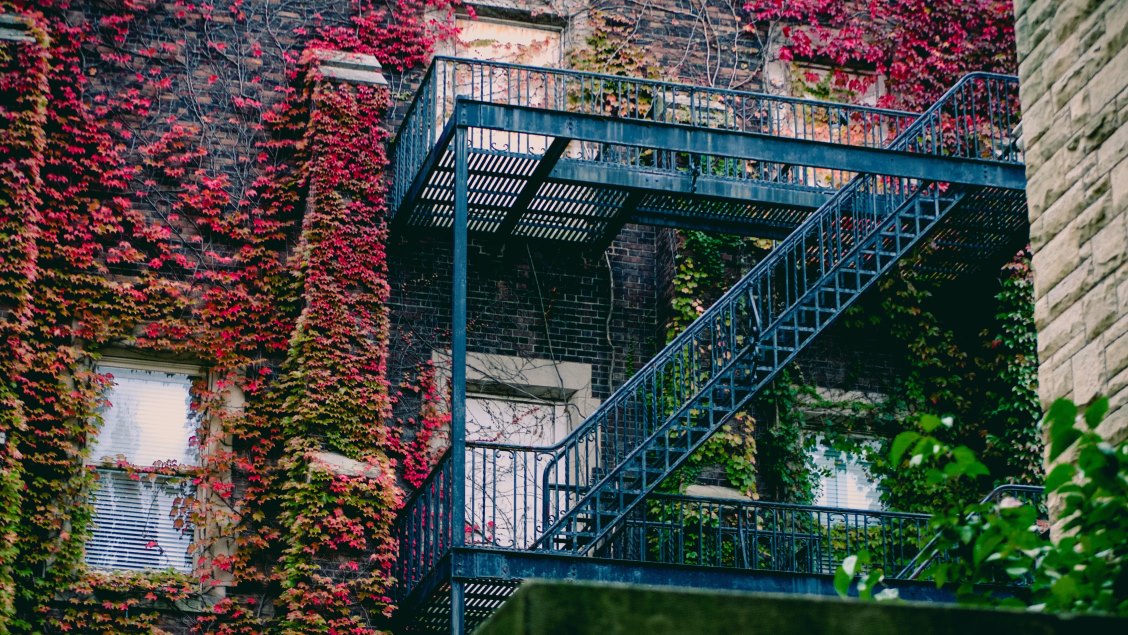
City Gardening Helps You and the Climate
Spring is here. Don’t let living in the city hold you back from making the most of the season. Urban gardening, which involves growing plants in urban environments, is easier than you think. Moreover, it has a range of personal, communal, and even global benefits.
Given it’s the perfect season to start creating green spaces, let’s look at how and why city dwellers should start gardening.
Challenges of city living
Cities contribute majorly to climate change. According to the UN, they “consume 78 per cent of the world’s energy and produce more than 60 per cent of greenhouse gas emissions”. The UN, WHO, and CCAC are trying to mobilize cities to reduce air pollution levels with the Breathe Life campaign, which encourages individuals to manage waste, use public transport and cycle, and conserve energy whenever possible.
Additionally, overcrowded environments can increase loneliness by up to 38%. Lacking light and space and being exposed to pollution can also increase the mental strain of living in dense, urban environments.
Lacking light and space may make city gardening sound impossible, but that’s not so. There are two main approaches, including creating a domestic green space or a community garden.
Creating personal green spaces
To create a green space, you’ve got to begin by evaluating your space and the lighting.
Will it be outdoors, as a garden, on the patio, or on your balcony? If so, you could create a small, raised garden bed with a variety of plants, including flowers, root vegetables, or even a small tree. You could also outline the space with tall evergreen plants to increase privacy.
Or will it be indoors? This requires a bit more creativity. You could fill a big pot with various succulents, which are resilient plants, and include little pots with herbs to add to your cooking, such as parsley and basil. If space is an issue, you can use hanging pots or vertical pots that go up your wall. Ivy and fuchsia are great options for these.
In cities, sun exposure can be poor. But don’t worry, there are many plants that prefer shade. For example, snake plants, spider plants, and peace lilies. Alternatively, if you have a sunny space, lavender, yarrow, and sage are good options.
Start small and gather equipment as you need it. Try to recycle things to make pots; anything can be a pot if you poke drainage holes at the bottom.
Urban gardening and health
Cities aren’t always colourful places, but colour is very important. Why not have a fresh bouquet of flowers to serve as a colourful centrepiece? This would naturally brighten up the place. A study in Sustainability emphasises colour’s “power to affect our quality of life and wellbeing”, concluding that sensory exposure to nature, through colour and scent, has a “positive influence” on our wellbeing.
Moreover, as discussed in an MDPI blog article, caring for indoor plants boosts health in numerous ways. These include improving the air quality, increasing attention, mindfulness, and awareness, and reducing blood pressure and stress.
Community green spaces
As mentioned, studies indicate that, despite cities being densely populated, they can increase loneliness. Growing food in communal environments offers a way to bring communities together whilst also encouraging biodiversity.
Rooftop gardens
Rooftop gardens are efficient and likely have good sun exposure. They can be optimised for growing food, with large beds of soil, or for comfort, with seating and visually appealing plants. Rooftop gardens can also play a key role in reducing floods caused by rainfall and alleviate the heat island effect, which refers to the higher temperatures in cities.
Allotment gardens
Allotment gardens are essentially small farms. They present a good way to fill empty spaces and provide healthy food to communities with less access to them. Fruit and vegetables with high-quantity yields, such as tomatoes, courgettes, and berries, are optimal for urban gardening.
An article in Sustainability looks at how allotment gardens contribute to making cities more resilient in response to climate change.
The authors highlight how such gardens encourage “gift culture” rather than profit seeking, as people prefer to share surplus food with residents. This practice develops local knowledge and resources and helps “strengthen food security in times of increasing risks, e.g., climate change or pandemics”. It also lessens the need for food imports, which would help reduce pollution from transport.
Urban gardening
With cities expanding, it’s worth exploring how we can ensure that these areas are sustainable. If you are interested in submitting research to MDPI on urban gardening and sustainability, consider submitting to the MDPI journals Sustainability, Agriculture, or Plants.
Gardening in the city has both personal and global benefits. It helps tackle climate change and keep us healthy. More than anything, it can be a fun hobby that can be adapted to any environment. Why not make the most of spring in the city?










